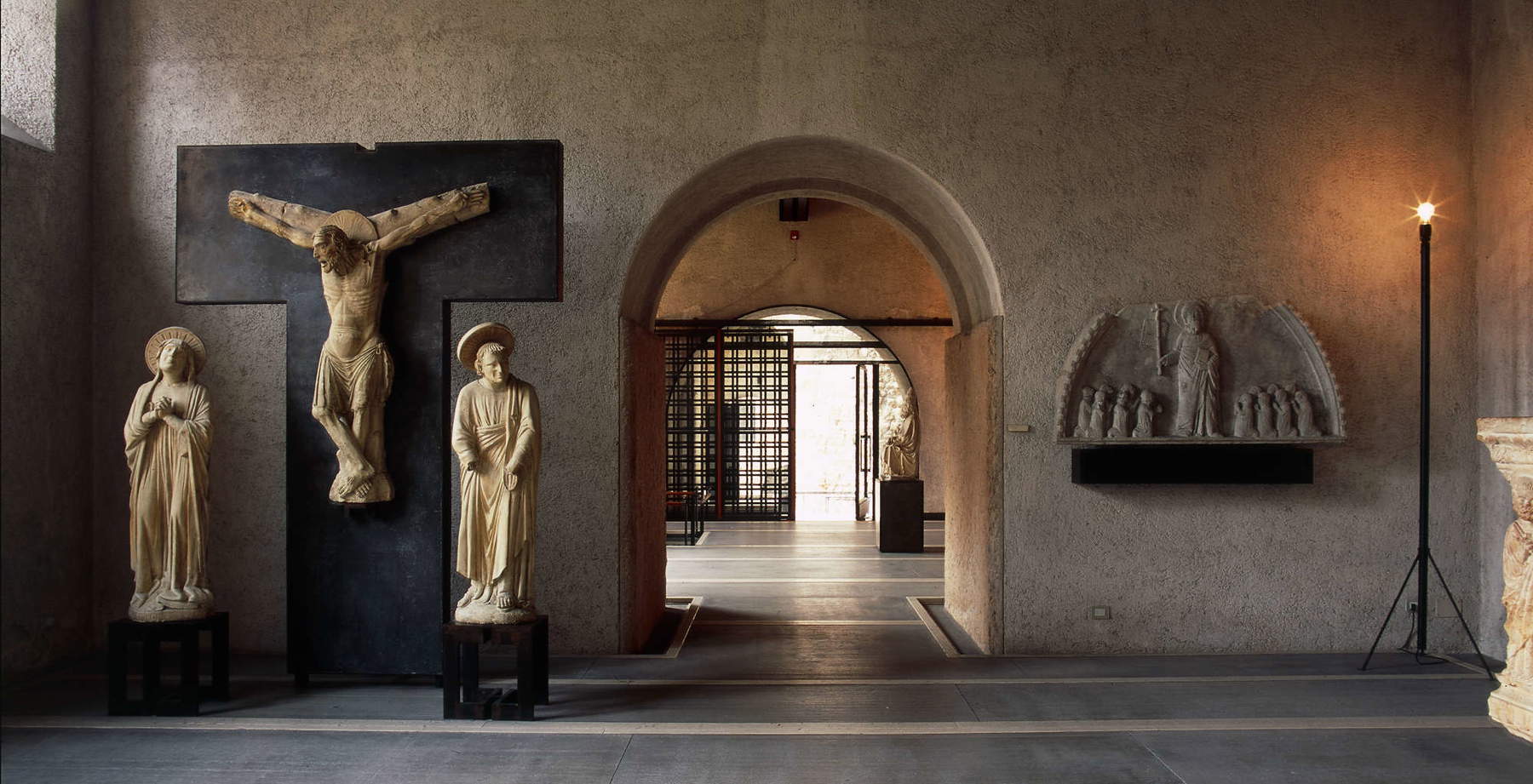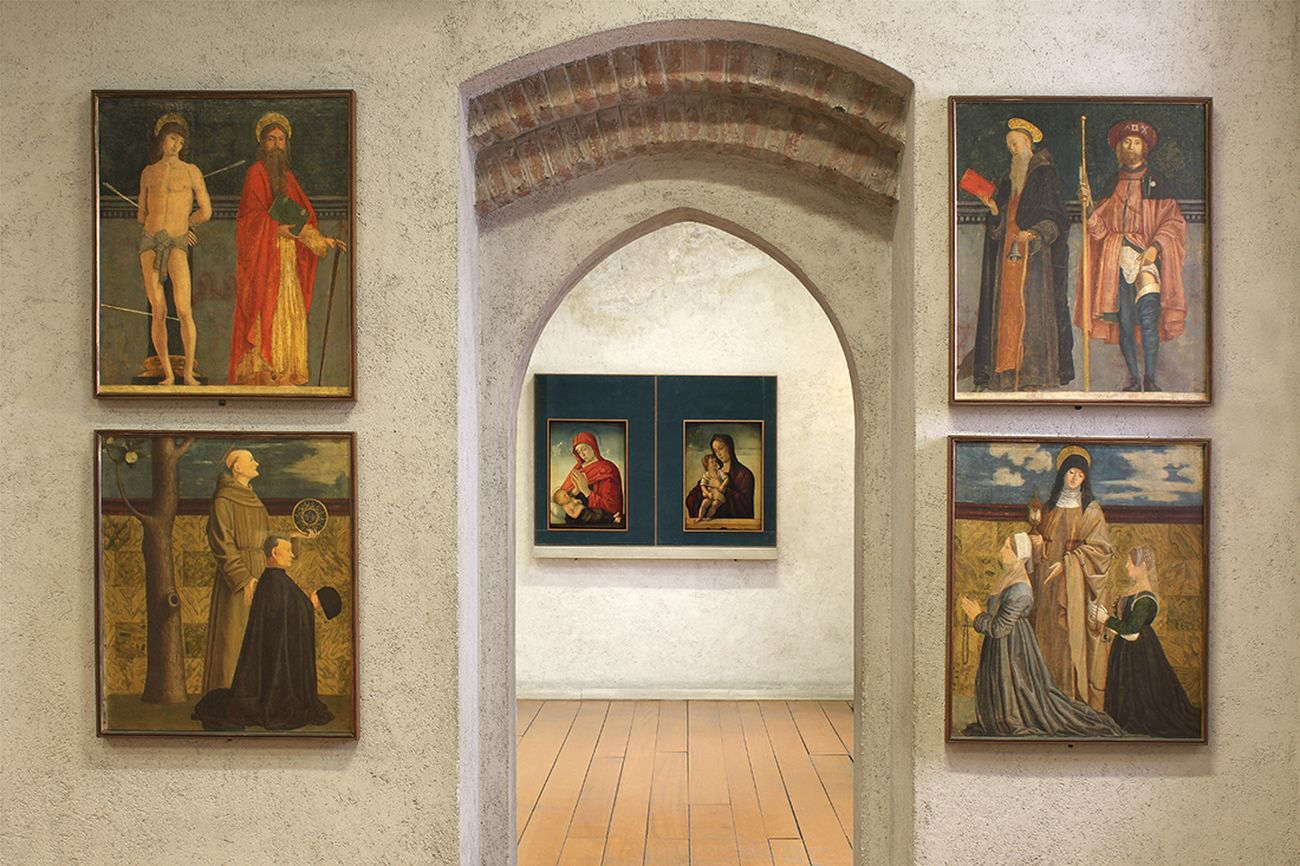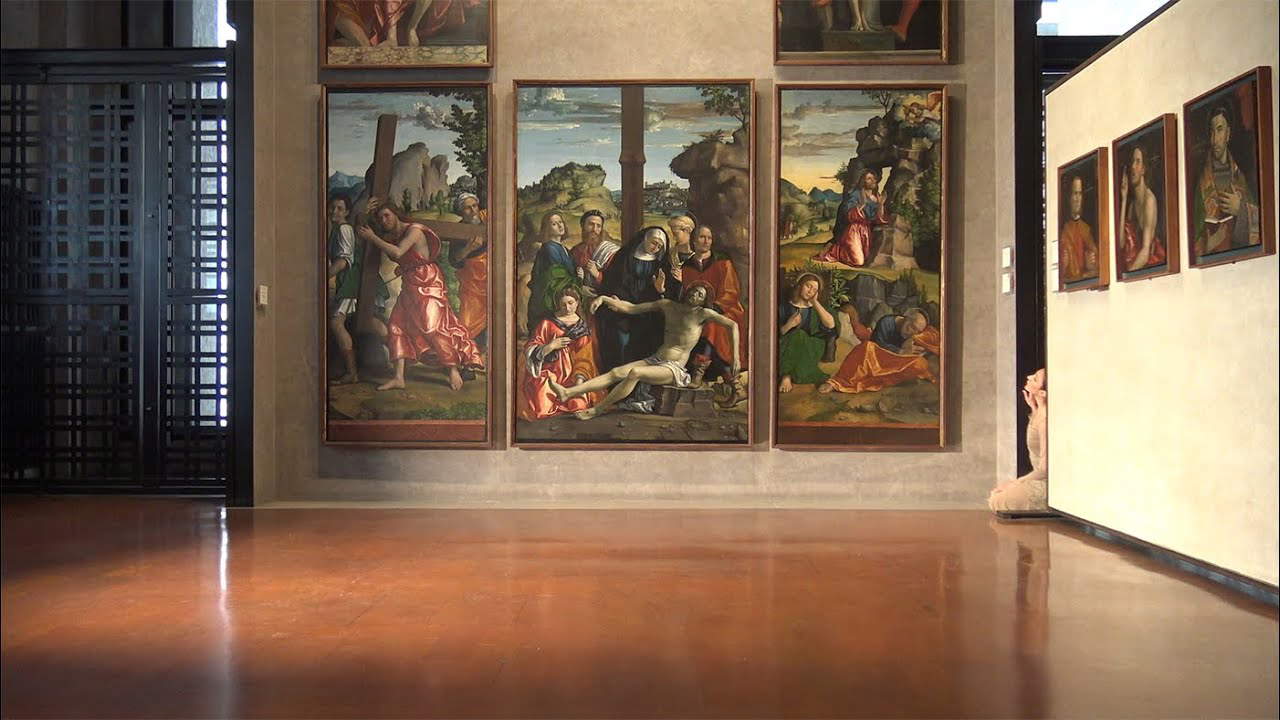New participatory models need to be developed to bring citizens closer to museums
I don’t see a one-size-fits-all recipe for Italian museums to bring local audiences together. I think that strategies and best practices come from a punctual analysis of the context and reflection on the existing links between the museum and the community of reference. I would therefore speak, more than of local audiences, of patrimonial communities, according to the definition of the Faro Convention (2005, ratified by Italy in 2020), which reflects the active involvement and civic engagement that today’s residents seek in their relationship with their museum.
On the management level, each museum is constantly seeking calibrated admission conditions to give special attention to citizens, for whom dedicated promotions are being studied. But it is also true that in recent years, as public funding has decreased, museums-which are nonprofit and are among the essential public services-are being asked to increase their capacity for self-maintenance in order to be able to guarantee the work of their staff, the functionality of their facilities, the preservation of their collections, and the production of research, exhibitions and tools for visitors. For this reason, fees are periodically updated.
In general, the educational and training theme remains fundamental, and it is well established that those who enter the museum as children, with their parents, friends or teacher, will be more likely to perceive it as a familiar space even as adults.

In widespread perception, commonplaces have a great impact. Already the word “museum,” for example, excites those who live for the museum and work in it, as in my case, but it is still associated by most with something old, immobile and dusty, understandable only to specialists. We really should, as Franco Russoli, among the great superintendents of the Pinacoteca di Brera, said in the 1970s, “demonstrate that the museum means something quite different from what is believed to be a museum.” In fact, in reality it is an organism in constant transformation and always contemporary.
So I believe that a key to change in bringing citizens closer to museums also lies in language, in the ability to communicate the relevance and value that the tangible and intangible evidence of museums has for their community.
Working in museums for 30 years, I have learned to recognize the regular museum-goer in his or her city. Typically he or she stands out precisely as a representative of the heritage community: he or she passionately participates in initiatives, asks to be kept informed, is very attentive to quality, and stimulates the staff with ideas and proposals. Recent ISTAT data unfortunately confirm that this is still a marginal user profile compared to the dominant tourist profile.
Interest extends to other potential users when the museum succeeds in improving the quality of listening and welcoming, in posing itself as a great home of all and for all, and in intriguing through its strengths: its collections, research, itineraries, and exhibits. Then the visitor becomes attached and returns. Here the horizons of innovation are wide open. New forms of hybrid storytelling between the physical and virtual experience of objects are spreading, thanks to the encounter between humanistic studies and new technologies.
Today museums, not only in Italy, regardless of their specializations (e.g., archaeology, ancient art, contemporary art, natural history) are invested with new responsibilities. Like all cultural realities, they contribute to the goals of Agenda 2030 and thus represent a potential of enormous value in boosting the development of society.

On the issue of social participation, with their programs they act as antidotes against educational poverty and inequality, they are places of knowledge and critical capacity building. A sign in this direction can be seen from the increasingly frequent and structured collaborations between museums and the world of education, universities, research, social services and the Third Sector. Everywhere in Italy “museum outside the museum” initiatives are also being planned (the museum exporting its activities to health care places, social centers and so on) and public-private cooperation capable of triggering urban regeneration processes. In the Civic Museums of Verona, for example, participants in “Dance Well,” a project designed for people with Parkinson’s and then expanded to include everyone, are growing.
For museums it is ultimately a matter of developing new participatory models of management to gain a new space in society, where they can be perceived as engines of humanity’s journey, repositories of individual and collective memory in a broad sense, local and global, for the construction of the civilization of the future.
In line with this principle, it is important for citizens to be consciously involved in the problems of their museums as well. Let us think of the issue from the physical accessibility of spaces, which is rightly felt today. Improvements that would be congenial to people’s needs often cannot be reconciled with the protection requirements of the historical monuments that display the collections. A case in point is the Museo di Castelvecchio in Verona, with its restoration and layout by Carlo Scarpa famous for being a still-preserved model of postwar Italian museography. Here it is difficult to plot plans to break down architectural barriers and expand reception services without compromising the masterful original design. Sharing a sensitive issue such as this with citizens can help them understand the reasons for some objective deficiencies in services and, at the same time, stimulate the museum to find new solutions.

In my experience, projects between museums that systematize with each other have excellent potential to make the Institute perceived not as a separate element but closely connected to the territory and communities. This is a key objective of the National Museum System, the project coordinated by the Museums Directorate of the Ministry of Culture on which substantial resources from the NRP are being invested.
With a view to networking, new “diffuse exhibitions” are also being experimented with, which, by extending exhibition routes from museum halls to different city and local places, reflect the profound sense of continuity between the cultural heritage that is inside and outside the museum.
Another model to be developed to foster participation is the reality of museums, archives and libraries (the MABs) that operate in an integrated vision to offer quality services and new spaces of well-being and collective life. A national conference on local government museums will be held in Verona on November 22 and 23, where precisely the themes of innovative forms of management, museum systems and participatory governance will be at the center of reflection.
This contribution was originally published in No. 19 of our print magazine Finestre Sull’Arte on paper. Click here to subscribe.
Warning: the translation into English of the original Italian article was created using automatic tools. We undertake to review all articles, but we do not guarantee the total absence of inaccuracies in the translation due to the program. You can find the original by clicking on the ITA button. If you find any mistake,please contact us.



























